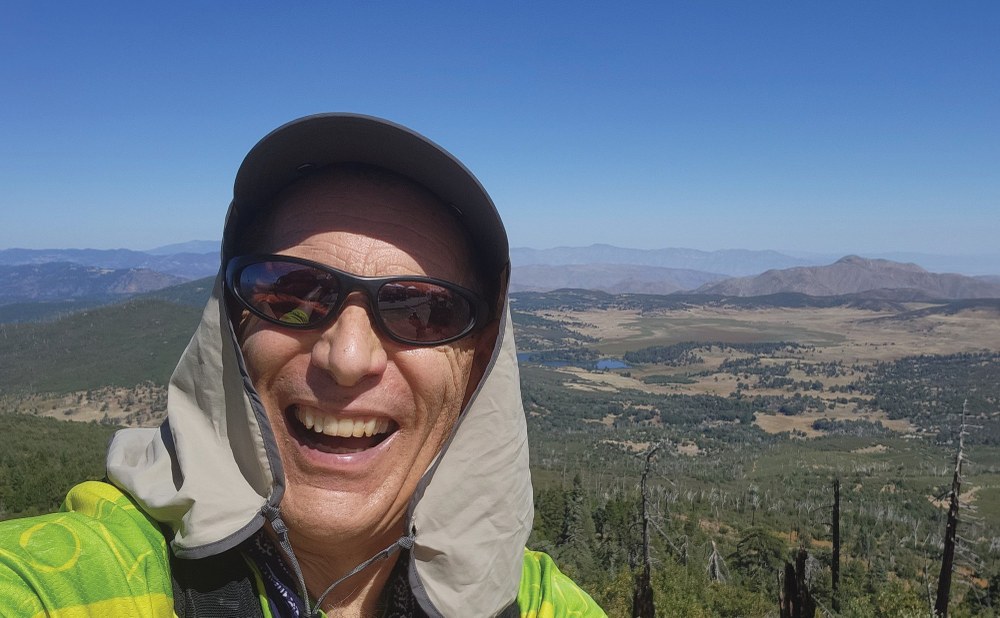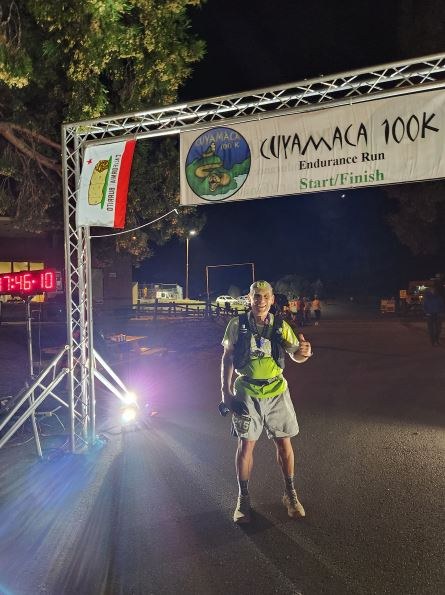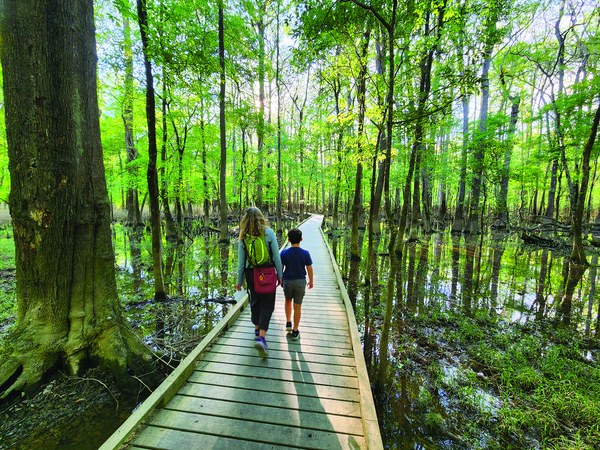
I took my final dose of prednisone last March after being on the corticosteroid for three years. Excited and relieved, I also felt apprehensive. Would my symptoms return? Two months later and so far, so good. My condition is in remission.
I was diagnosed with Polymyalgia Rheumatica (PMR), an autoinflammatory disorder, in February 2021. My symptoms began in spring 2020, shortly after the Covid-19 pandemic outbreak, and grew progressively worse. By December, I was in serious discomfort with limited range of motion. I had difficulty turning my neck, bending over, and lifting my legs. My sleep suffered because of the pain in my arms and shoulders. At 58 years old, life as I previously knew it was over. Thinking that my best days were through made me depressed.
Within days of starting prednisone, the pain subsided and my range of motion returned. I felt reborn, and realized how blessed I’d been the past six decades to do the things I loved. Now, I no longer take my health and physical fitness for granted. I reflect daily on how grateful I am for my experiences: the trails I’ve hiked, the races I’ve run, the roadways I’ve biked, the parks I’ve visited, and the countries I’ve traveled to. Every day is another chance to live to my fullest.
Making the most of time
Turning 60 during the pandemic and acquiring an autoimmune disorder woke me to the reality that time is fleeting, and there is still much I want to do. I don’t know when it’s all going to end, so I’ve put my life into hyper drive. With renewed vigor, I’m letting emotional burdens go, loosening the workload, and focusing on what is really important to me: spending time with family, traveling for enrichment and enlightenment, and seeing how far I can still push my body. My best days may still be ahead of me.
 Craig at the finish line of the Cuyamaca 100K.
Craig at the finish line of the Cuyamaca 100K.
I’ve returned to running – marathons and ultras – making it a point to run 26.2 miles in every state and go for new distances. For my 62nd birthday, I ran my first 100K, a challenging run in the mountains of Southern California. I’m thinking about doing my first 100-miler next and bicycling cross-country again, something I haven’t done since I was 20. This time, I will do it with my son.
Whether I’m successful at these goals is unimportant. The passion and excitement I embrace engaging in these feats is what counts. I’m trying not to lament over what I don’t have, what I’ve lost, or what I’m not capable of doing. I’m grateful I can still dream big in my 60s, and extend this perspective to how I see the world. Yes, there’s so much suffering, despair, and environmental destruction. But I must be positive and focus on what I can change, not beat myself up over the things I can’t.
Doing what we can
On a recent trip to the Low Country of South Carolina and Georgia, I had the opportunity to hike and kayak through Congaree National Park. This amazing place protects the largest tract of old-growth bottomland forest left in America. I paddled through groves of monstrous water tupelos and century-old bald cypresses. I hiked among towering loblolly pines and chestnut oaks — trees that rival in height and girth the giants growing in ancient Pacific Northwest forests. I was in awe that such a forest exists in the East.
Two hundred years ago, these giant hardwoods, pines, and cypresses could be found on over 30 million acres across the Southeast. Today, only about 40 percent of this magnificent ecosystem exists and of that, less than 0.5 percent is old growth. The largest tract is protected within the small 26,700-acre Congaree National Park. We almost lost Congaree in the 1970s, but thanks to the hard work of Harry Hampton, a local newspaperman, and a growing conservation movement, this cathedral forest was saved.
Sauntering through the park, I could have been enraged that humans wreak so much destruction on our planet. But instead, I felt grateful for the luminaries who protected this sacred place, and blessed to experience this forest. Going forward, I’ll take the lessons learned at Congaree to guide me. I can’t change the past, but I have power in the future. There are other places we need to preserve and restore.
 Craig's wife and son at Congaree National Park.
Craig's wife and son at Congaree National Park.
What we leave behind
If you’ve been reading Trail Talk these past ten years, you know I continuously preached self-reflection, self-actualization, and self-fulfillment through an active lifestyle and connection with the natural world. I advocated for us to be good stewards of our natural lands and to work toward expanding our trails, preserves, and parks for people of all ages, abilities, and backgrounds. I passionately celebrated the beauty and importance of our ecological heritage beyond our crown jewel parks and their superlative beauty. There is beauty and richness, too, in the swamps of the Southeast, the prairies of the Midwest, and the remaining green pockets of our major metropolises.
This article marks the end of my Trail Talk column. It’s time to allow new voices to be heard. Of course, I invite you to follow my writings through my books, blog posts, and social media. I thank you all for your support and feedback, and hope that I’ve inspired you to push yourself farther and explore new places.
Ten years ago, I started this column with the story of my near-death experience on the summit of California’s Mount Shasta. At 32, prepared to be struck by lightning, my life flashed before me. But absent were thoughts of misgivings. I was content, realizing I was living my life exactly how I wanted to live it: with adventure, like every day was my last. On what I thought would be my last day, my life was validated. I had no regrets.
I don’t know how I survived that storm or how I got off the mountain. All I know is that it wasn’t my time to go. That event became a major turning point in my life, affirming my belief in my creator and confirming that I was living my life’s purpose. I am incredibly grateful for the past 62 years and for each and every day I am able to hike, run, and experience the natural world with all of its splendors.
As I age, I question what my legacy will be. Instead of taking experiences with me, I wonder what I will leave behind. When I was young, I obsessed over trying to do it all. Now, I simply hope to get the most out of what I do. My journey continues. And I thank you for reading along.
Craig Romano is an award-winning guidebook author who has written more than 25 books, including Backpacking Washington, Day Hiking Central Cascades 2nd edition, and eight titles in the Urban Trails series (Mountaineers Books). Purchase his titles in our Seattle Program Center Bookstore, online, and everywhere books are sold.
This article originally appeared in our summer 2024 issue of Mountaineer magazine. To view the original article in magazine form and read more stories from our publication, visit our magazine archive.
 Craig Romano
Craig Romano